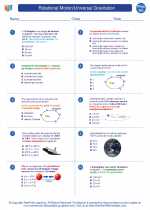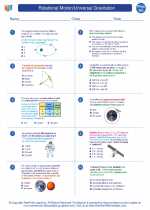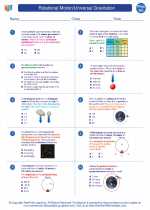Endoskeleton
An endoskeleton is an internal support structure of an animal, composed of mineralized tissue such as bone or cartilage. It provides support, protection, and attachment for muscles. Endoskeletons are found in vertebrates, including humans, as well as some invertebrates such as echinoderms.
Function of Endoskeleton
The primary function of the endoskeleton is to provide support and protection for the body. It also serves as an attachment point for muscles, allowing for movement and locomotion. In vertebrates, the endoskeleton also houses and protects vital organs such as the brain, heart, and lungs.
Structure of Endoskeleton
The endoskeleton is composed of bones or cartilage, which are connected by joints and held together by ligaments. In vertebrates, the endoskeleton is divided into the axial skeleton (skull, vertebral column, and rib cage) and the appendicular skeleton (limbs and girdles).
Comparison with Exoskeleton
Endoskeletons differ from exoskeletons, which are external support structures found in arthropods such as insects and crustaceans. While both provide support and protection, endoskeletons allow for greater flexibility and larger body sizes, as they can grow with the organism. Exoskeletons, on the other hand, must be shed and replaced as the organism grows.
Study Guide
- Define endoskeleton and explain its primary functions.
- Compare and contrast endoskeletons with exoskeletons, providing examples of animals with each type of skeletal structure.
- Describe the structure of the vertebrate endoskeleton, including the axial and appendicular skeletons.
- Discuss the advantages and disadvantages of endoskeletons compared to exoskeletons.
- Explain the role of the endoskeleton in protecting vital organs and facilitating movement in vertebrates.
[Endoskeleton] Related Worksheets and Study Guides:
.◂Physics Worksheets and Study Guides High School. Rotational Motion/Universal Gravitation

 Worksheet/Answer key
Worksheet/Answer key
 Worksheet/Answer key
Worksheet/Answer key
